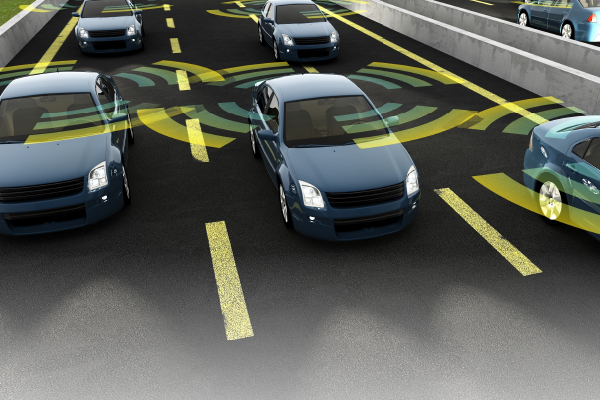The global autonomous driving market is expected to grow to $173.15 billion by 2023, with shared mobility services contributing 65.3 percent, according to a recent industry report.
The autonomous vehicle sector is expected drive demands for technologies such as virtual voice assistance; centralised domain architectures; improved vision and depth-sensing solutions; artificial intelligence powering development, testing and validation; and the rise of shared mobility platforms, according to Frost & Sullivan.
In the near future, the study highlighted that a combination of autonomous driving and shared mobility solutions will result in the convergence of e-hailing and car-sharing business models that will drive new growth opportunities and transform the mobility experience.
“2018 is expected to be the year of L3 automated vehicles for highway use and L4 testing and implementation of autonomous vehicles for limited, controlled and well-defined scenarios,” said Anirudh Venkitaraman, Mobility Senior Analyst, Frost & Sullivan.
“In the future, customer-centric products will be at the core of innovation with artificial intelligence playing a key role, especially with customer-intuitive applications and real-time, path-planning algorithms driving new growth opportunities.”
Frost & Sullivan’s recent analysis, Global Autonomous Driving Market Outlook, 2018, identifies the prevalent factors contributing to market growth, challenges serving as barriers to success, technology and market trends, leading players, and technology progression of sensor suites for fully autonomous driving.
For non-automotive technology companies to enter the autonomous driving value chain, Venkitaraman recommends they focus on untapped entry opportunities in the areas of in-vehicle infotainment systems, cloud services, and open operating systems development.
The study revealed six trends driving transformational change in the autonomous vehicles sector, which include autonomous shared mobility solutions; collective intelligence for fleet management; cybersecurity of autonomous cars; convergence of artificial intelligence with autonomous cars; domain controllers; and driver monitoring systems.
“There are numerous hurdles, both quantitative and qualitative, that the industry will need to tackle if autonomous driving is to have a lasting impact on making safe, clean and lean transportation a reality,” said Venkitaraman. “Currently, the biggest hurdle is the lack of clear regulatory frameworks that define how these products can be made available to consumers.”





